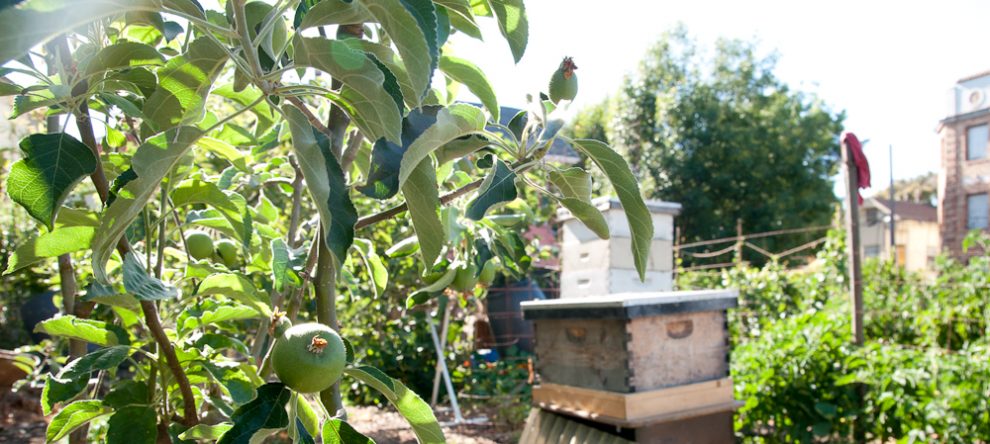There are two books that I’ve been using in heavy rotation in the kitchen. Both are about Italian food, and old ways of doing things–two of my favorite topics.
The first is called Cooking with Italian Grandmothers by Jessica Theroux. I heard about Jessica’s project through a DVD called Rabbits and Wrinkles, short documentary films of Italian grandmamas wandering around in funny socks and picking weeds, then showing us how they cook them. The grandma I watched cook was from Calabria, the extreme southern part of Italy. She pulled up bean plants in a foggy field, shelled and then simmered them in a wood-fired oven. She got out a basket and foraged for wild greens. I felt deprived that I wasn’t there to eat this amazing feast she prepared from the earth. The DVDs morphed into CwIG, and chronicles Jessica’s journey around Italy, and her lessons in cooking. For Thanksgiving I’ve decided to ditch the turkey and make a series of dumpling/dumpling related foods instead. Stuff like rabbit raviolis and Polish plum dumplings. CwIG is going to help that dumpling dinner: I loved the gnocchi recipe, which yielded these light and chewy friends.

I also have plans to make the baked semolina gnocchi. Oh! And the Polpette di Bietola (chard-sesame balls) –an amazing sounding/looking concoction of steamed chard rolled into a ball with ricotta, bread crumbs which are then rolled in seasame seeds and baked.
The second Italian grandma book involves a grandpa. It’s My Calabria, a cookbook about Calabrian food by Rosetta Costantino. I met Rosetta through a friend and have taken a cooking class from her before (see Hamish Bowles hilarious account of our antics in the November issue of Vogue). And I recently met her father and mother, who are old-school Italians, and are bad-asses in the garden and kitchen respectively. The book is really a love song to the old ways Rosetta’s parents do things: they reuse everything, they preserve and save things for winter, and they seem to grow or make most things they need. Rosetta’s dad, for example, grows and dries his own peppers and his wife grinds them up to make Peperoncino. The tomato trellis in their garden is truly amazing. Don’t worry that you’ll have to use hard-to find ingredients–the Calabrians are all about tomatoes, onions, and zucchini, seen here in the Parmigiana di Zucchine that I made the other night.

But there’s also some weird stuff too! Like the Pitta con Verdura, which is like a calzone but stuffed with borage leaves (if you don’t have borage, you can use chard instead). I had never eaten borage leaves before, but now will never go back, they are so buttery. One of my favorite sections was about the Calabrian pantry–how to make salt-cured anchovies, sun-dried zucchini (wtf? i never thought of that!), candied orange peel. Rosetta tells us that Calabrians never waste anything, so when I found myself with a bunch of figs, I made the Marmellata di Fichi with lovely results.

For dessert on Thanksgiving, I might attempt the Chinulille, sweet ravioli filled with ricotta and candied orange and then (gulp) deep fried. I’m also looking lovingly at the photo on page 153, which is of a pair of goat stomachs which are hanging on some smoky beams. The stomachs aren’t to eat, but are used to make rennet, something Rosetta’s dad did when he was a goatherder and cheesemaker in Italy. This page is especially enticing to me as I have three bucklings on my hands this year, and am faced with the fact that they will not be able to stay–so why not make some rennet and then cheese from that rennet? To use every part, to transform something sad into something delightful.
Both of these books made me have hope that old ways can be rediscovered, as long as we are interested in them. Happy Thanksgiving-planning.




